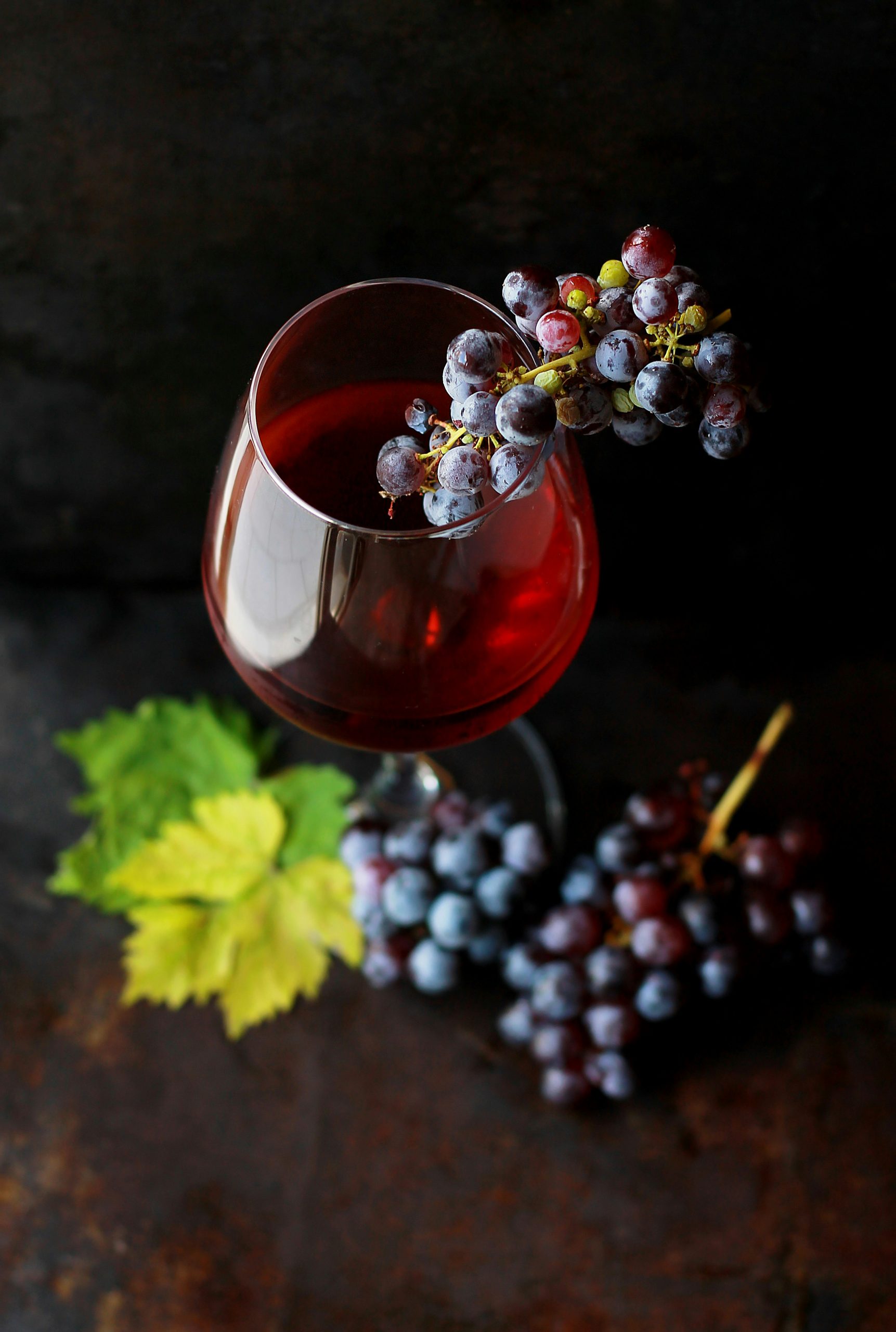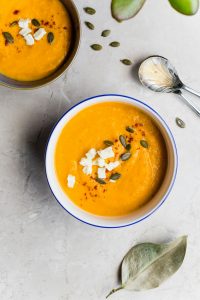
The Art of Food and Drink Pairing: Mastering Flavors and Combinations
Introduction
Food and drink pairing is an art that can elevate any dining experience to new heights. Whether you are hosting a dinner party, going out to a restaurant, or simply enjoying a meal at home, knowing how to pair food and drink can enhance the flavors and create a harmonious balance on your palate. In this blog post, we will explore the key principles and techniques to master the art of food and drink pairing.
Understanding Flavor Profiles
Before diving into the world of food and drink pairing, it is important to understand the concept of flavor profiles. Each ingredient and beverage has its own unique flavor profile, which can be described as a combination of taste, aroma, texture, and intensity. By analyzing the flavor profiles of different foods and drinks, you can identify complementary or contrasting elements that create a well-balanced pairing.
For example, a rich and fatty dish like roasted duck pairs well with a full-bodied red wine because the tannins in the wine help cut through the richness of the meat. On the other hand, a light and delicate seafood dish may be better suited for a crisp and acidic white wine, which complements the subtle flavors of the fish.
Pairing Principles
When it comes to food and drink pairing, there are a few key principles to keep in mind:
1. Match Intensity
One of the fundamental principles of pairing is to match the intensity of flavors in both the food and the drink. If you have a bold and flavorful dish, it is best to pair it with a beverage that can hold its own and not get overshadowed. Similarly, a light and delicate dish should be paired with a more subtle and nuanced beverage.
For example, a hearty steak would pair well with a robust red wine, while a delicate salad would be better complemented by a light and refreshing cocktail.
2. Complement or Contrast
When pairing food and drink, you have the option to either complement or contrast the flavors. Complementary pairings involve selecting a beverage that enhances or amplifies the flavors of the dish. Contrasting pairings, on the other hand, involve selecting a beverage that provides a contrasting flavor profile to create a harmonious balance.
For example, a rich and creamy dessert like chocolate cake can be complemented by a sweet and fortified wine like Port. On the other hand, a spicy Thai curry can be contrasted with a crisp and refreshing beer to balance out the heat.
3. Consider Regional Pairings
Another approach to food and drink pairing is to consider regional pairings. Many cuisines have traditional beverage pairings that have evolved over time to create a harmonious combination of flavors. Exploring these regional pairings can be a great way to discover new and exciting combinations.
For example, Italian cuisine often pairs well with Italian wines like Chianti or Barolo, while Japanese cuisine is often complemented by sake or green tea.
Practical Tips for Food and Drink Pairing
Now that we have covered the principles of food and drink pairing, let’s dive into some practical tips to help you master this art:
1. Experiment and Explore
The world of food and drink pairing is vast and diverse. Don’t be afraid to experiment and explore different combinations. Taste different foods with various beverages and take note of the flavors and textures that work well together. Keep a journal or create a digital record of your findings to refer back to in the future.
2. Consider the Sauce
When pairing food and drink, it is important to consider the sauce or condiments that accompany the dish. Sauces can have a significant impact on the overall flavor profile and can either enhance or clash with the beverage. For example, a tangy barbecue sauce may pair well with a hoppy beer, while a creamy sauce may be better suited for a buttery Chardonnay.
3. Mind the Temperature
Temperature plays a crucial role in food and drink pairing. In general, it is best to serve beverages at the appropriate temperature to enhance their flavors. For example, white wines and sparkling wines are typically served chilled, while red wines are served at room temperature. Consider the temperature of the dish as well, as certain foods may taste better when served hot, warm, or cold.
4. Consider the Occasion
When selecting a beverage to pair with a meal, consider the occasion and the overall dining experience you want to create. For a formal dinner party, you may opt for a fine wine or a craft cocktail. For a casual gathering, you may choose to pair the food with a refreshing beer or a simple glass of water.
5. Seek Expert Advice
If you are new to food and drink pairing or simply want to expand your knowledge, don’t hesitate to seek expert advice. Sommeliers, bartenders, and knowledgeable staff at specialty food and beverage stores can provide valuable recommendations and insights based on their expertise. Attend tastings, workshops, or events that focus on food and drink pairing to further enhance your understanding.
Conclusion
Mastering the art of food and drink pairing is a journey that requires curiosity, experimentation, and a willingness to explore new flavors and combinations. By understanding flavor profiles, following the principles of pairing, and applying practical tips, you can elevate your dining experiences and create harmonious flavor combinations that delight your taste buds. So, next time you sit down for a meal, take a moment to consider the beverage that will accompany your food, and let the art of pairing enhance your culinary adventure.


